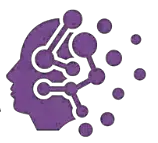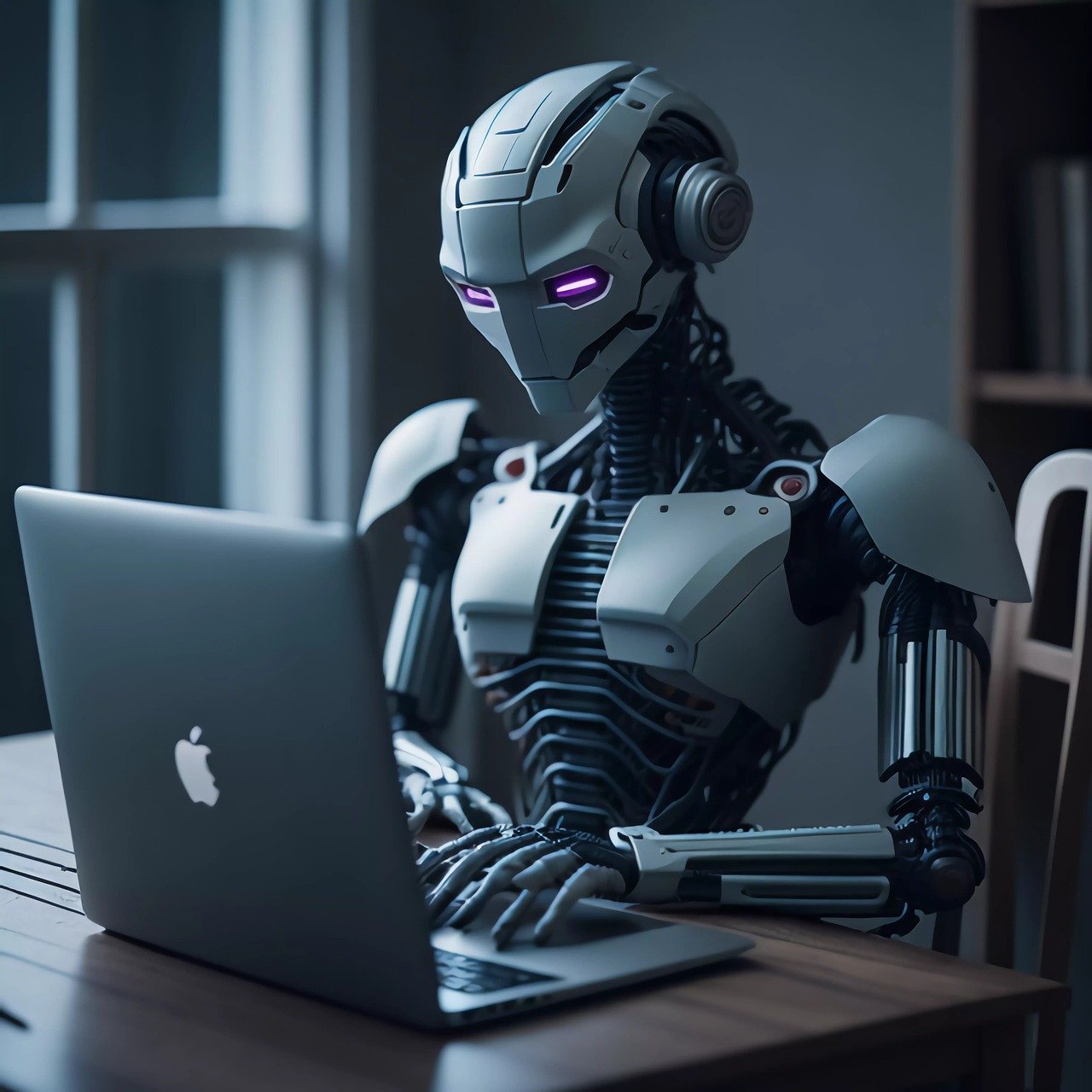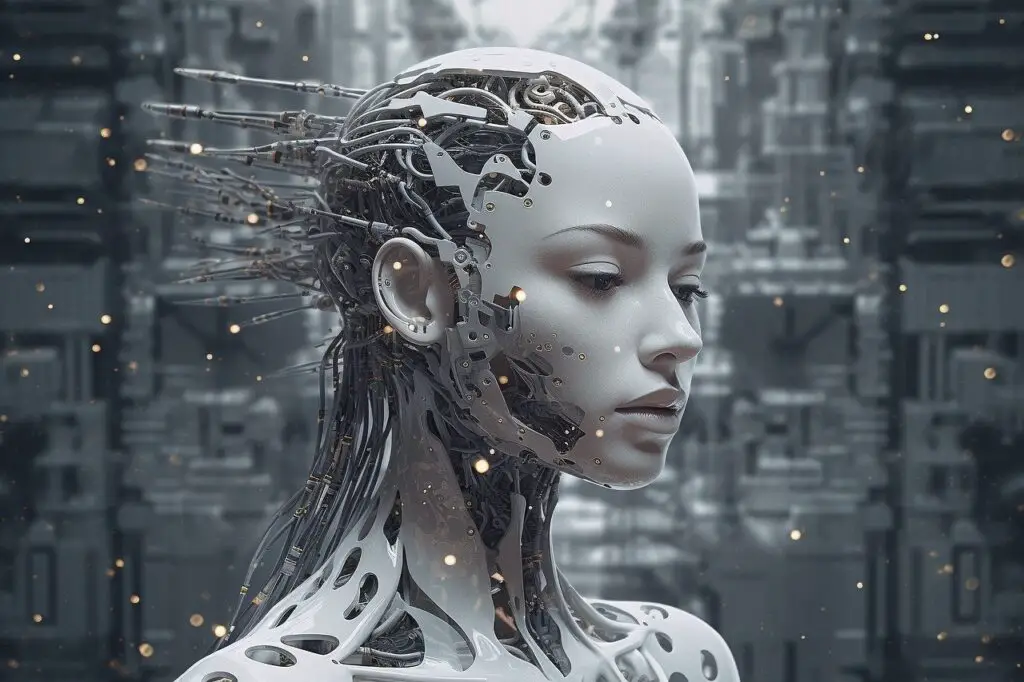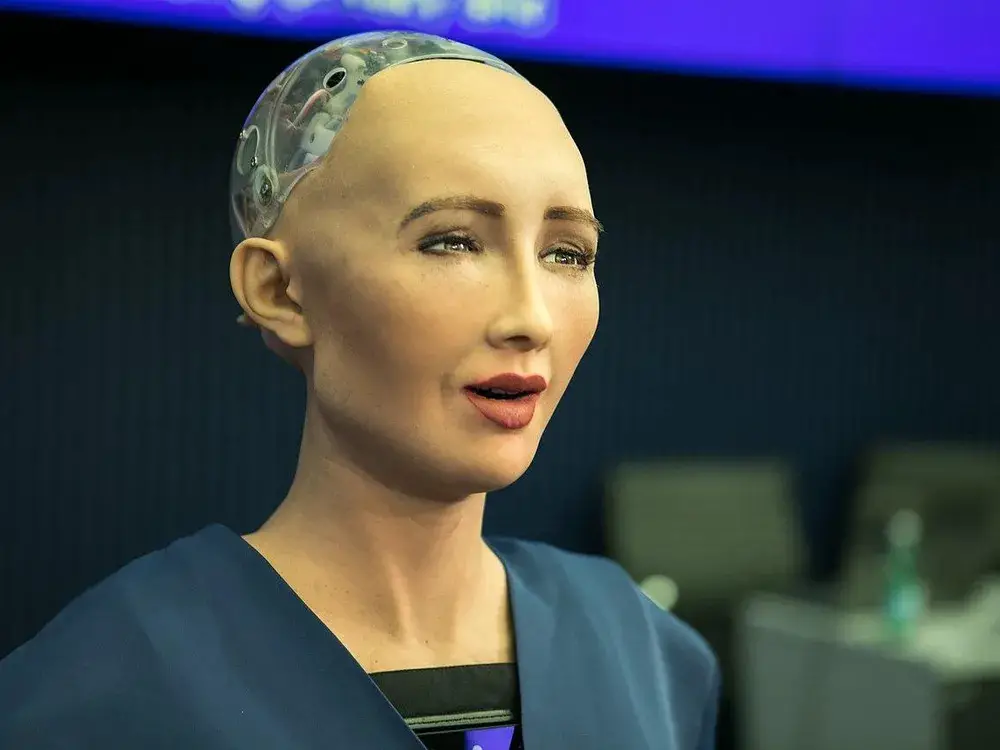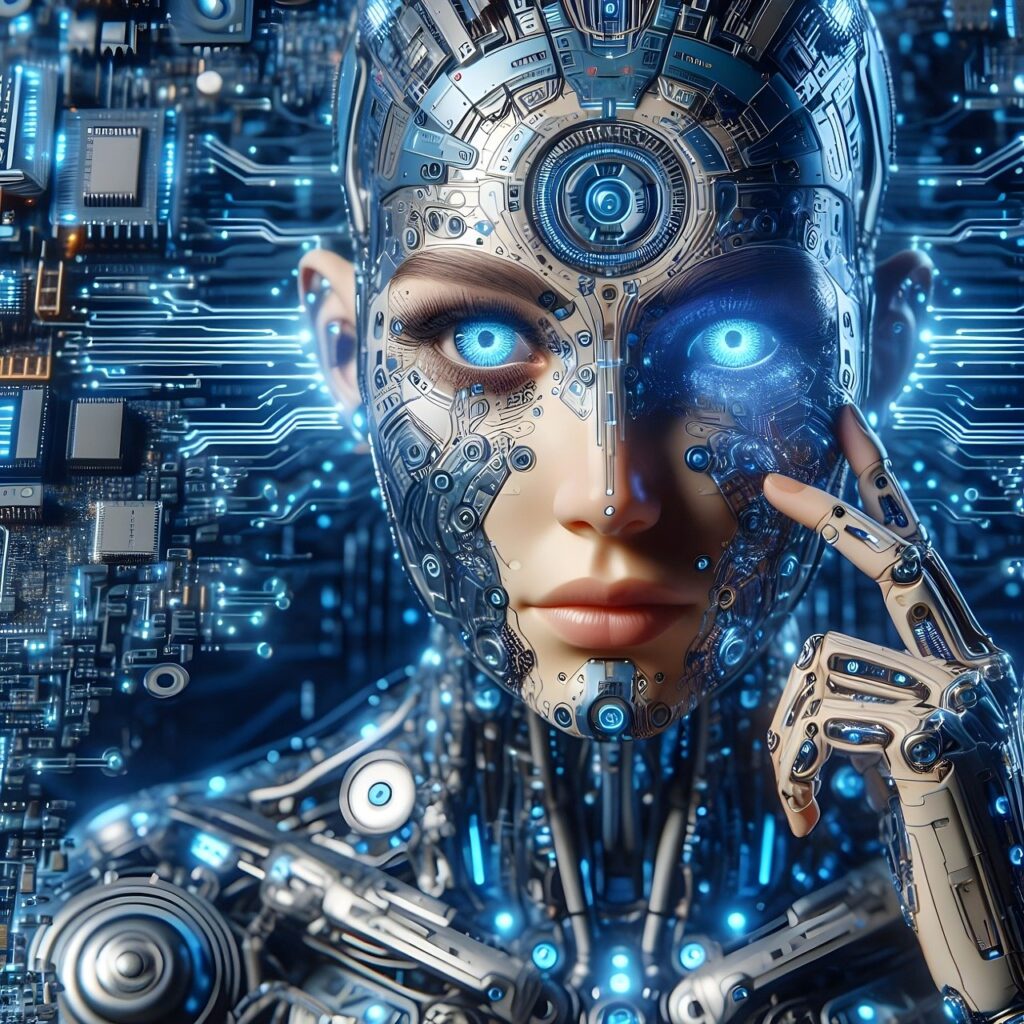You may have heard about AI Singularity and what is AGI in Artificial Intelligence. If you’re not sure what these terms mean, let me explain. The term ‘AI Singularity’ comes from the idea of ‘singularity’ in physics, introduced by famous physicist Albert Einstein. In physics, singularity is a point in space where the laws of physics break down, like in black holes where gravity is so strong that even light can’t escape.
Similarly, AI Singularity refers to a point in the future where machines become smarter than humans, potentially leading to unpredictable changes in society. AGI, or Artificial General Intelligence, is a type of AI that aims to have human-like intelligence, being able to learn, understand, and apply knowledge in different situations just like a human.
Up to now, if you have understood about the term AI singularity, surely there must be a doubt that how AGI is related to AI singularity? Here’s the answer to this question:
What is AGI?
AGI or Artificial General Intelligence is more than the AI we’re using in current days. AI is just a sub part of AGI. AGI is far advance than all the Machine Learning algorithms and AI devices we are using in our daily lives.
The machines we use in our daily lives which we call as AI devices, such as our AI Phones, Smart watches, Smart TVs, voice assistants are just a use case of AI algorithms. AI is vast and AGI is vaster. AGI makes the machine to think like humans.
The AI or artificial intelligence we use is task-specific. For example, Chat-GPT, Gemini, Generative Pre-trained Transformer are designed for tasks like writing and generating images. Similarly, tools like Eleven Labs and Canva AI Voice generator are used for generating voices. Artificial General Intelligence (AGI) is much more advanced and possesses human-like intelligence. It is smart like human beings, learns from the environment, adapts to situations, and solves problems more diversely.
AI vs. AGI
| Aspects | AI (Artificial Intelligence) | AGI (Artificial General Intelligence) |
| Scope of Intelligence | Specialized to perform specific tasks like self-driving cars, voice assistants. | Generalized to perform any intellectual task like humans |
| Flexibility | Limited flexibility and cannot perform anything else than the programmed task | Adaptable to new environments and tasks |
| Learning Approach | Relies on supervised or reinforcement learning | Capable of continuous learning and self-improvement |
| Autonomy | Operates within predefined rules | Is capable of autonomous decision-making |
Is AGI related to AI Singularity?
So the answer to this question is tricky. Many famous people, like Elon Musk and Geoffrey Hinton (The Godfather of AI), have expressed concerns about the potential risks of advanced AI. Another significant people like Sam Altman, CEO of OpenAI have expressed his concern over this topic.
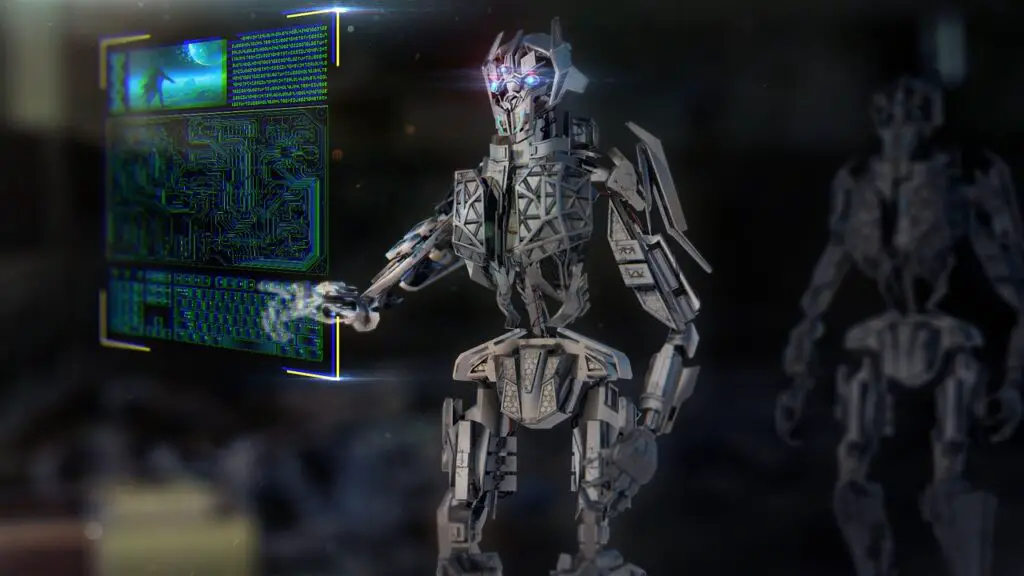
Looking at the current scenario, achieving an AI singularity-like situation is challenging, but not impossible. With the rapid advancement of technology and the growth of tech companies, we have witnessed significant changes in the tech industry in last few years. While we have not yet achieved AI singularity, it is possible that in the next 30-40 years, we might face such a situation.
As development in artificial intelligence continues, especially with tech organizations like SpaceX, OpenAI, Tesla, Google, Meta, and others working on artificial general intelligence (AGI), AGI is closely associated with AI singularity.
The main goal of AGI is to develop machines with general intelligence similar to that of humans. AI singularity is the point where machines will be capable of performing better than human beings in terms of skills, intelligence, and actions. Therefore, AGI has the potential to trigger AI singularity. Here, one needs to remember that AI singularity is a hypothetical situation as per now.
The 7 Stages of AGI development
The development of AGI can be divided into seven stages. Although, there isn’t any specific mention of these stages but normally it have been categorized into seven sub stages.
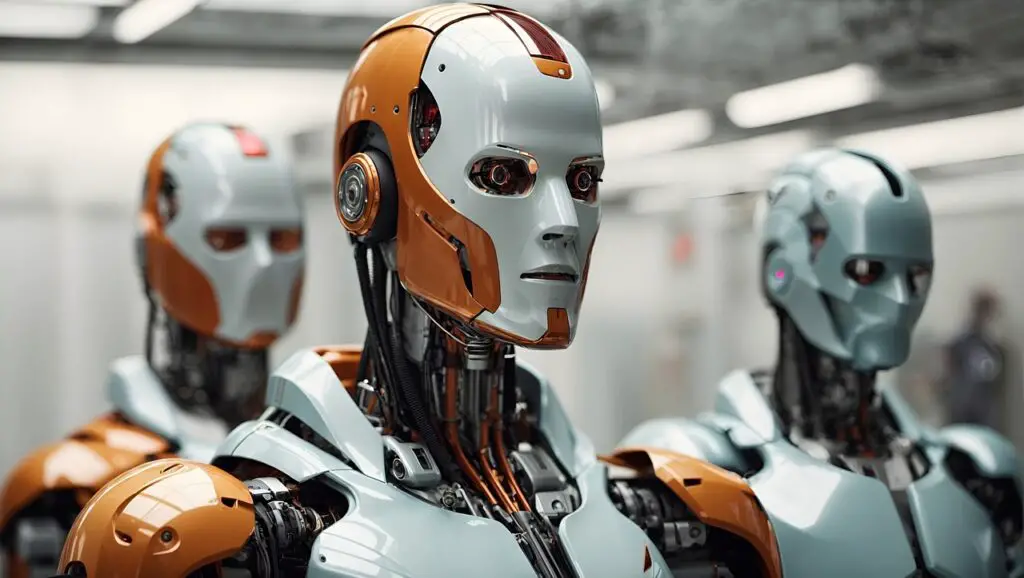
Stage 1: Narrow AI:
The AI we are using in our daily lives is an example of Narrow AI. Let us understand this with some examples. AI Tools like translators and image recognition systems, which are highly efficient and designed to perform specific tasks, fall into the category of Narrow AI. These AI tools perform small tasks, reducing the workload of humans.
Stage 2: Broad AI:
Broad AI, also known as weak AI or weak general AI, integrates a variety of AI technologies such as computer vision, natural language processing, real-time decision-making, and more. An example can be seen in self-driving cars, where multiple AI technologies are integrated into a single AI system. These cars use computer vision to perceive their environment, natural language processing to interpret commands or traffic signals, and real-time decision-making to navigate roads safely.
Stage 3: Human level AGI:
Human-level AGI, or human-like AGI, has not yet been achieved. Development in this area can be observed through examples such as Sophia the Robot. Human-level AGI would involve AI systems specialized to perform human-like tasks and solve problems using reasoning and cognitive abilities.
Stage 4: Supervised Learning AGI:
The term “supervised learning AGI” can be understood with an example where machines, especially robots, are trained and continuously monitored, similar to how a child is supervised. When such AGI makes a mistake, the supervisor will instruct them to correct it.
Stage 5: Self Supervised Learning AGI:
Here, the development of AGI would reach a stage where AI machines can self-monitor. They wouldn’t require external supervision but would autonomously identify and correct their own mistakes and shortcomings. This concept can be illustrated by comparing it to a child who has grown into a teenager. While teens still benefit from parental guidance, they also become capable of recognize and address their own areas for improvement.
Stage 6: Recursive Self Improvement AGI:
Now, AI machines have reached a stage where they can identify their own shortcomings and autonomously correct them. This marks a point where AI machines rigorously improve their algorithms, similar to how adults continuously refine their skills and knowledge.
Stage 7: Super-intelligent AI (ASI):
This is the final stage and a point where the concept of AI singularity will emerge and eventually human intelligence will collapse with that of AI. Super-intelligent AI will surpass the human intelligence. Machines will turn smarter than humans in terms of Creativity, skills and even knowledge.
The current stage of AGI
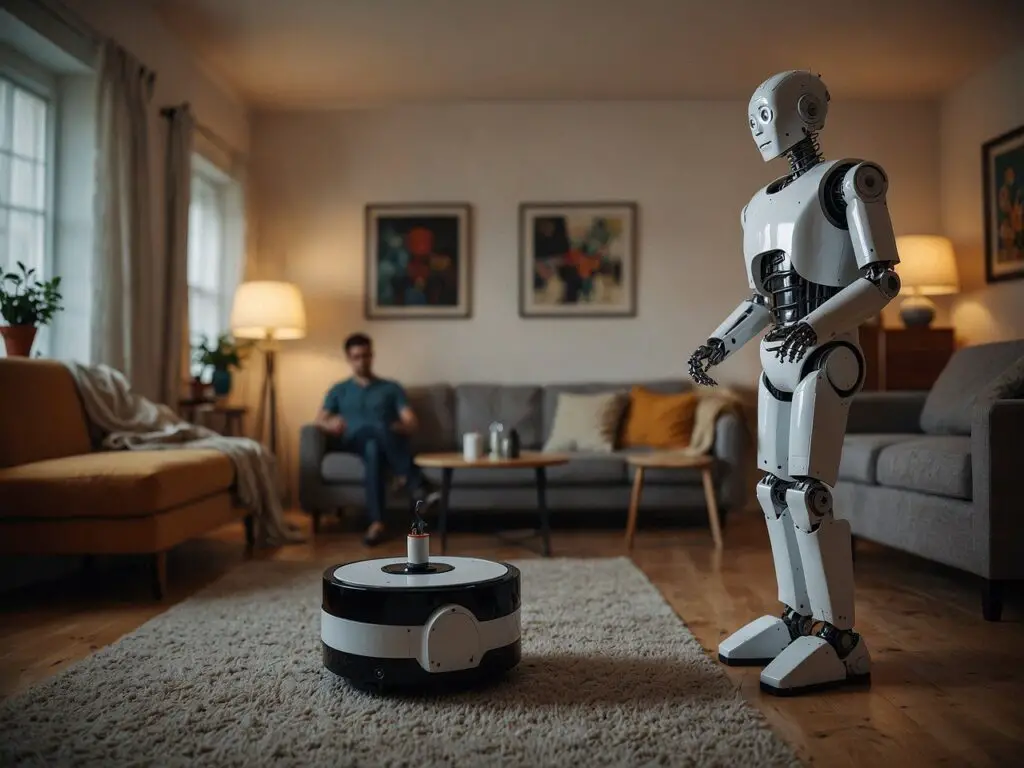
Covering all the necessary points, up to now, the current scenario of AGI development shows that big tech companies are rigorously working on it. As of today, we have reached the third stage of AGI, which is Human-level AGI, not completely, but robots like Sophia demonstrate how dedicatedly organizations are progressing towards achieving this milestone. Soon, we can expect fully developed robots for human use, similar to how we currently utilize AI tools.
